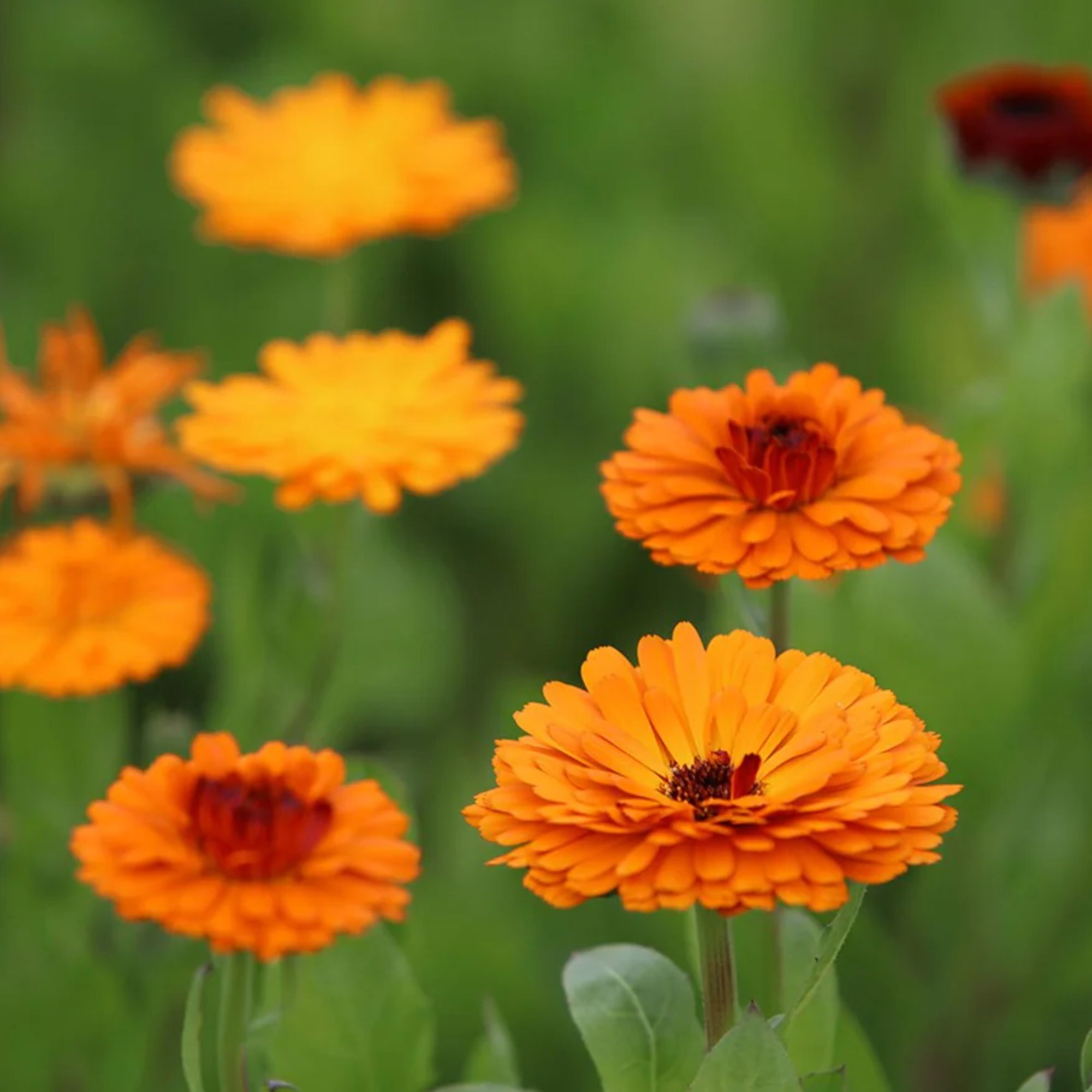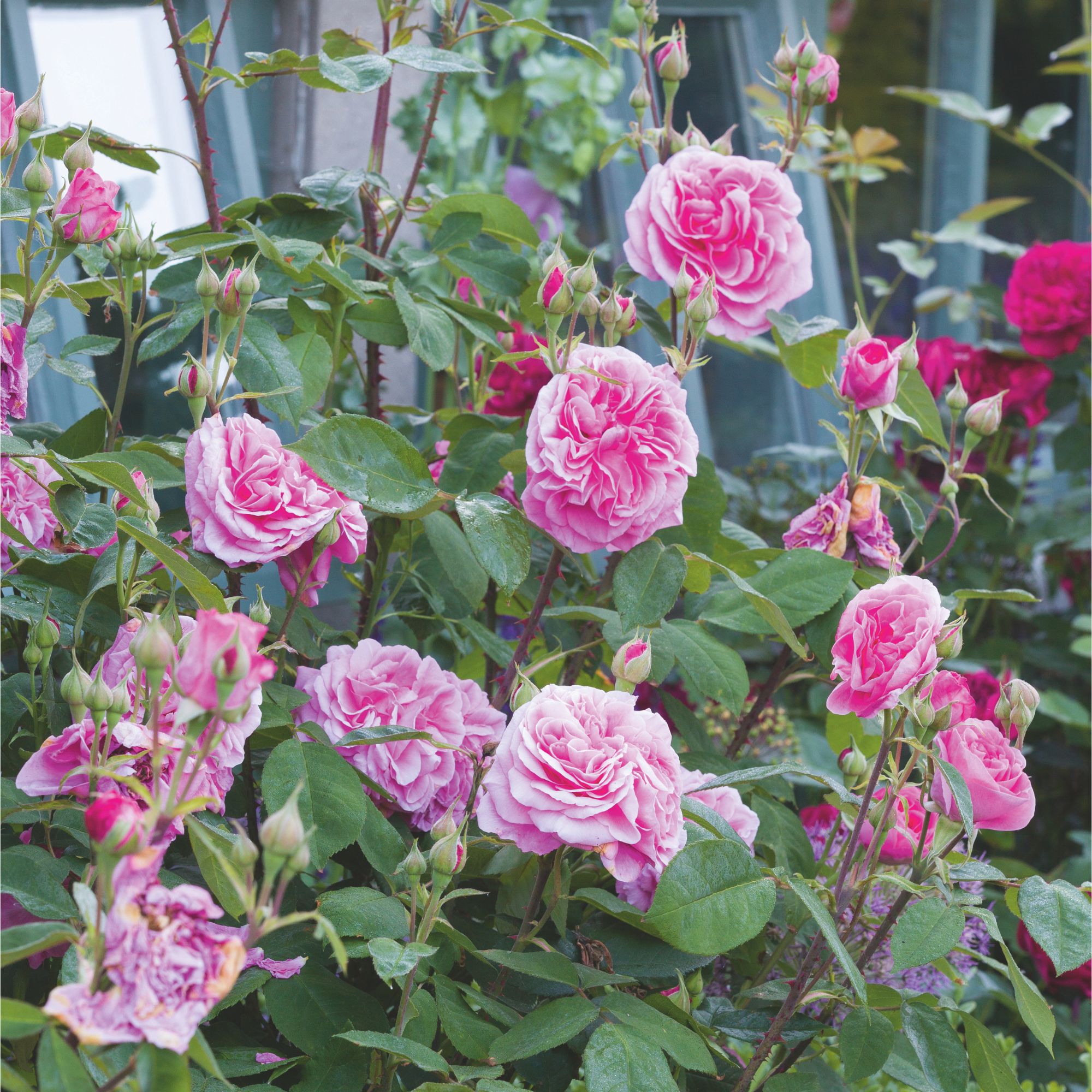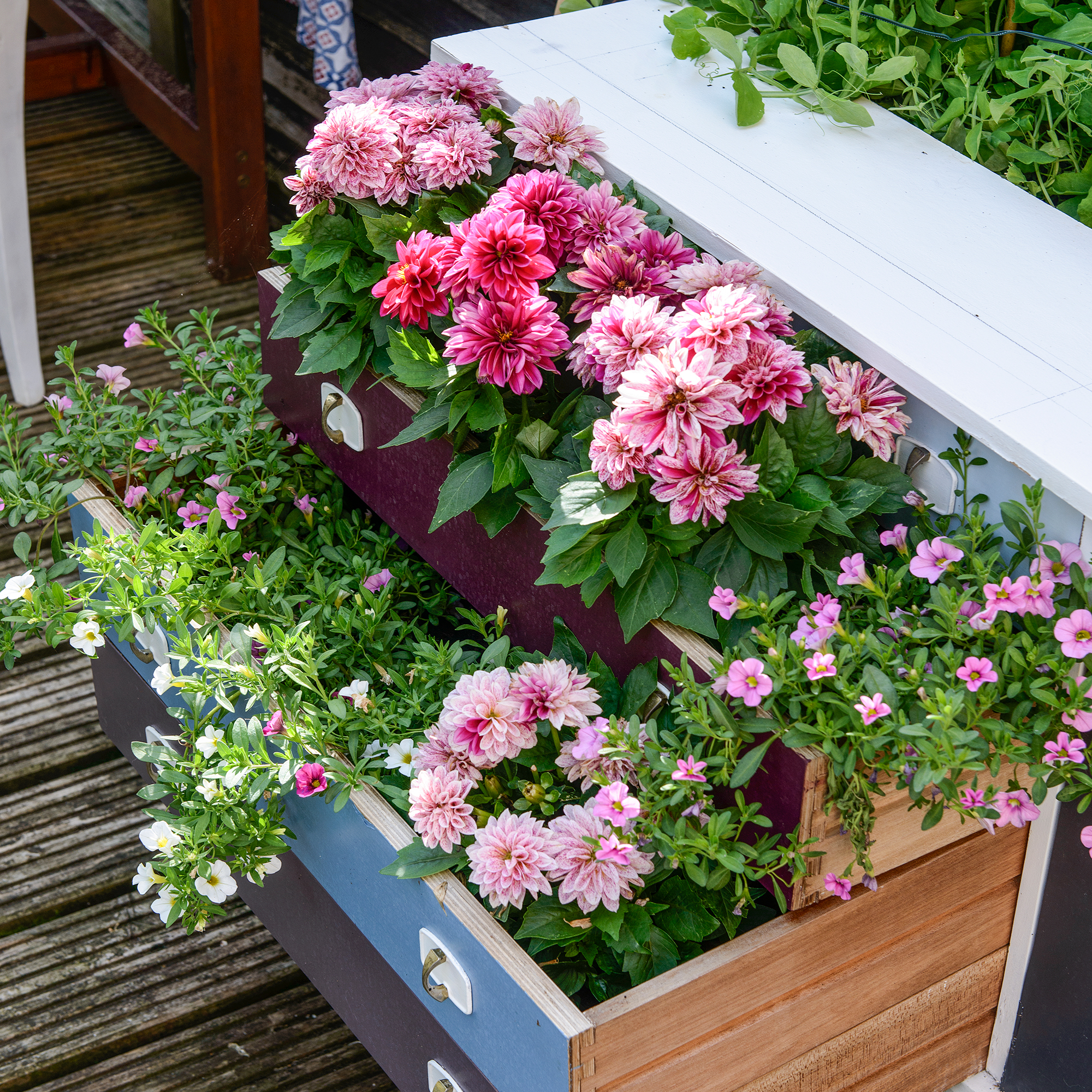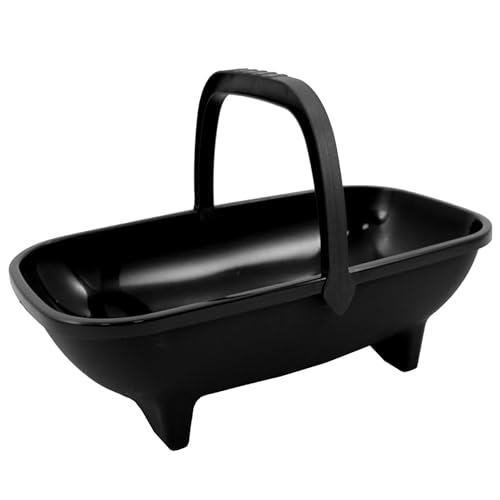How often should you deadhead plants? Garden experts break down the timings for healthier plants and more blooms
What you need to know about looking after each type of plant


If you've been wondering how often you should deadhead plants, you're not alone. This essential gardening task can feel overwhelming, especially when you're faced with a garden full of blooming flowers that seem to fade at different rates. The good news? It's actually quite hard to get it wrong.
According to garden experts, it's not really possible to deadhead plants too often, but you can definitely deadhead too little - and miss out on the benefits of healthier plants and more flowers as a result. Like knowing the difference between pruning and deadheading, understanding that different types of plants have different deadheading needs is key to getting the most out of your garden's blooms.
We've asked the experts to break down exactly how often you should be deadheading different types of plants to keep your garden looking its best all summer long.
Annuals

For annuals like petunias and marigolds, regular deadheading is essential. Julian Palphramand, Head of Plants at British Garden Centres, recommends removing old flowers every few days or at least once a week while they're blooming.
'These plants keep making new flowers, and taking off the faded ones helps them look tidy and encourages even more to bloom,' he explains. Since annuals have a relatively short lifespan, maximising their flowering potential through frequent deadheading can make a real difference.
Perennials

When it comes to deadheading perennials, you won't need to do it as often - keep an eye on when the plants start to look untidy, and then start to remove the flowers. Some perennials thrive on neglect, like stonecrop and lady's mantle, and actually prefer being left alone.
'How often depends on the type of perennial you have,' Julian says. 'Some, like echinacea and lilies, only need deadheading every couple of weeks, especially after their main flush of flowers. If the weather is cool and damp, flowers might last longer, so you won’t need to deadhead as often.'
Sign up to our newsletter for style inspiration, real homes, project and garden advice and shopping know-how
Bedding plants

If you want continuous colour from your bedding displays, these plants need the most attention when it comes to deadheading. 'Bedding plants are grown for lots of colour all season, so they need deadheading the most often,' Julian advises. 'Try to check them every few days and remove any dead flowers to keep your plants looking their best.'
For example, you'll need to deadhead roses in beds every couple of days if you want to extend their flowering period. It might feel like a lot of work, but the results will be worth it.
Potted plants

Finally, any plants in pots will need to be checked regularly for deadheading too. 'We advise every few days to once a week,' Julian says. 'Remove any faded flowers as soon as you see them, as this encourages them to keep blooming.'
You should deadhead hydrangeas in pots regularly if you want them to keep flowering, and the same goes for most potted plants.
Deadheading essentials
FAQs
Are there any flowers you should not deadhead?
Yes, there are plants that you shouldn't deadhead, according to gardening pros. Richard Barker, commercial director at LBS Horticulture recommends avoiding the following types of plants:
- Plants with ornamental seed heads, such as nigella, as these can add interest to your garden if left intact.
- Sunflowers and cornflowers can be deadheaded, but they produce seeds that can be eaten by birds so it's helpful to leave their seedheads intact.
- Certain plants that produce an abundance of flowers, such as asters, where deadheading becomes impractical.
- Any plant that is difficult to reach safely should not be deadheaded, such as trees or climbing plants, and their displays are unlikely to be too affected if left.
- If you want to collect seeds or allow flowers to self seed, then it's best to leave faded flowers in place.
Does deadheading produce more flowers?
Absolutely. 'By deadheading regularly, you are prompting the plant to channel energy into flowering, which can result in healthier plants, more flowers and potentially a longer growing season,' Richard says.
Now you know how often should you deadhead plants, you can create a routine that keeps your garden blooming beautifully all summer long.

Katie has been writing freelance since early 2022, specialising in all things homes and gardens, following achieving a Masters in Media and Journalism. She started out writing e-commerce content for several of Future’s interior titles, including Real Homes, Gardeningetc, Livingetc, and Homes and Gardens. Since then she’s been a regular contributor on Ideal Home’s digital team, covering news topics, how-to guides, and product reviews.
You must confirm your public display name before commenting
Please logout and then login again, you will then be prompted to enter your display name.


